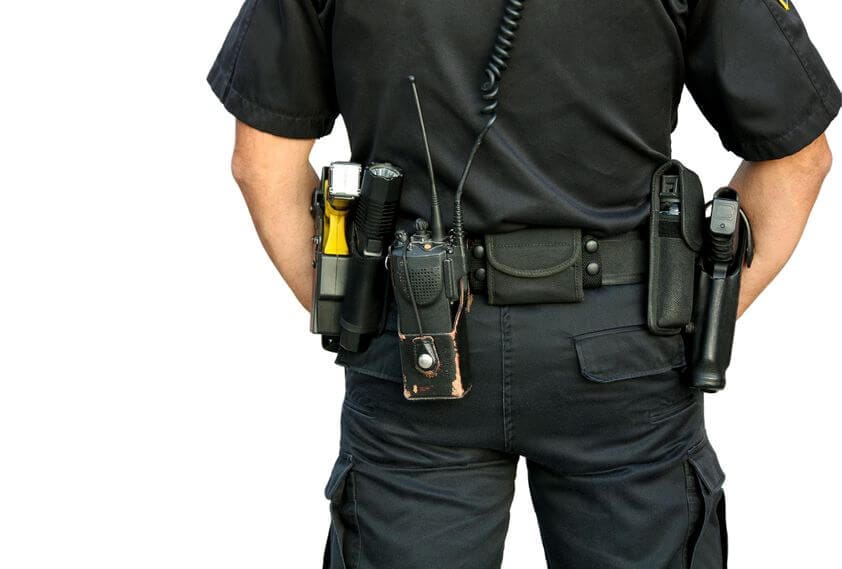Expert Witnesses Likely to Have Significant Impact on Eric Harris Shooting Case
Forensic engineering expert witness reports must be clear, logical, and defensible to ensure credibility, withstand legal scrutiny, and effectively communicate findings.
Updated on
On April 2, 2015, Eric Harris was shot and killed by a volunteer sheriff’s deputy after Harris fled from law enforcement officers following a gun sting operation. The volunteer sheriff, 73 year-old Robert Bates, claims he accidentally shot the unarmed Harris after confusing his own handgun with his taser. Bates has been charged with second-degree manslaughter with culpable negligence in relation to Harris’s death. He has plead not guilty to the charges against him.
In Oklahoma, the charge of second-degree manslaughter carries a punishment of two to four years in jail. Bates’ counsel will make their best effort to ensure that Bates is only given a two-year sentence. They are seeking to excuse his mistake as a reasonable one. To support their claims, a variety of different expert witnesses will be called by both parties.
The first type of expert witness that may be used is a weapons expert. A weapons expert will be able to explain how distinguishable or not Bates’ gun and taser are, depending on what side of the body they are holstered. Attorneys representing the Harris family have already pointed out the size discrepancy between the “Model X26 Taser” and “Smith & Wesson .357” five-shot revolver that Bates had on him at the time of the shooting. Weapons experts will also testify about the more subtle differences between the two weapons. Such as their colors, holster differences, weight, grip, and feel in the hand.
Furthermore, a law enforcement expert can testify about the placement of Bates’ weapons, and whether this would likely lead to confusion on his end. Taser protocol is to keep the taser in a manner such that it’s only accessible by the weak-side (non-dominant) hand. While handguns are generally holstered on the user’s dominant side.
According to Bates’ testimony, his gun was holstered on his non-dominant side. Though he claims this was intentional, because he shoots handguns with his non-dominant hand. Bates’ violation of this protocol may alter the level of culpability for his negligence.
A more controversial defense that Bates may use involves the “slip-and-capture” theory. This defense will rely on the psychology of stress to argue that Bates wasn’t fully aware of his actions at the time of the shooting. The prosecution will certainly hire a psychology expert to dispute that “slip-and-capture” is an actual psychological response, as there is little science proving its existence. There is some precedent for a taser-handgun mix-up case. In 2009, a Bay Area Rapid Transit police officer fired his gun instead of his Taser. Thus killing a 22-year-old man in Oakland, California. The officer made a similar defense that Bates is planning to use here. He was sentenced to two years in prison for involuntary manslaughter. Mr. Bates will be hoping for a similar outcome on his trial date.
.


